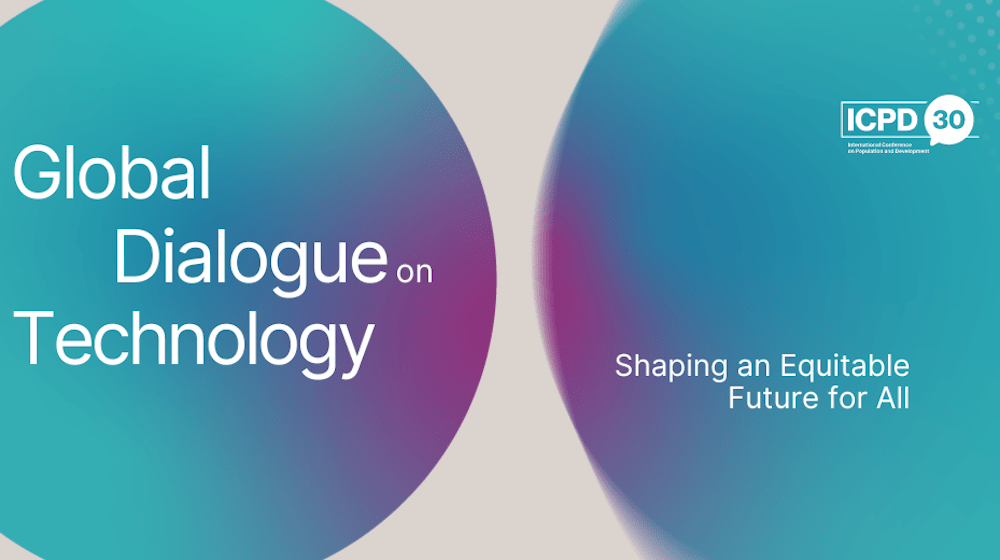
“Valid, reliable, timely, culturally relevant and internationally comparable data form the basis for policy and programme development, implementation, monitoring and evaluation.” The opening statement of Chapter XII of the ICPD Programme of Action stressed the fundamental requirement of population and development data for government planning and the need for targeted investment in population data ecosystems. Recommended actions included but were not limited to strengthening the national capacity to collect, analyse, disseminate and use comparable population and development data; promoting interactions between data producers and users; and designing and implementing training programmes in statistics, demography and population and development.
The Programme of Action placed specific emphasis on the importance of gender-disaggregation and the need for more accurate data on women’s social and economic status and their current and potential contributions to economic development. In the intervening 30 years, numerous development initiatives, global and regional, have echoed these recommendations. Principal among these is the call of the Secretary-General of the United Nations for a “data revolution”, one that would integrate traditional and newer forms of data and equip national governments with requisite data systems to track and achieve the Sustainable Development Goals (SDGs). A core demand for SDG data is that every country should be able to identify and locate those furthest behind for any given SDG indicator, and thereby target interventions to those experiencing the greatest shortfalls and clearest needs. National data systems that “leave no one behind” had a unique target date of 2020 (not 2030), recognizing that major investment in data was needed not only to monitor development progress but also to provide requisite baseline disaggregated data to tailor SDG investments for the greatest impact. Population data constitute a major pillar of the SDG data infrastructure, providing denominators for up to 107 of 232 unique SDG indicators.
While the modernization of data systems has evolved substantially since 1994, accelerating the speed of data processing, broadening the types of data available (e.g., geospatial, biometric and digital trace data) and offering cost-cutting opportunities, the recommended actions of the Programme of Action for strengthening population data systems have proven a high bar for many national governments. Data too often have remained detached from interventions, rather than embedded within investments in health, education, humanitarian relief and the like.
Despite significant progress in the availability of development data, a North-South divide persists in both the infrastructure and human capacity to analyse, disseminate and transform data into public knowledge for development. At the end of the last decade, the scale of official development assistance (ODA) for statistics support accounted for only half the amount required to implement the Cape Town Global Action Plan for Sustainable Development Data. A recent survey of 101 national statistical offices (NSOs) found that aspirations to fund the action plan were “yet to be realized” in low- and middle-income countries. Around the same time, COVID-19 exposed gaps in population and health data, including civil registration and medically certified cause-of-death data, as many low- and middle-income countries were unable to estimate the death toll due to the pandemic. Many population data aspirations highlighted in 1994 remain unfulfilled.
The world we live in has been transformed by global megatrends and emerging threats, such as population ageing and decline, leading to demographic anxieties; the rise of anti-gender narratives and the rollback of reproductive rights; rapid urbanization; global pandemics; and the climate crisis, protracted conflicts and non-state violence, which are triggering mass population displacements. Technologies – including smart phones, social media, digitization, geospatial solutions, artificial intelligence (AI), the Internet of Things, cloud computing and advanced robotics – have not only transformed data systems and expanded the realm of human capabilities but have also enabled new forms of harm perpetrated in the digital space, including technology-facilitated gender based violence.




